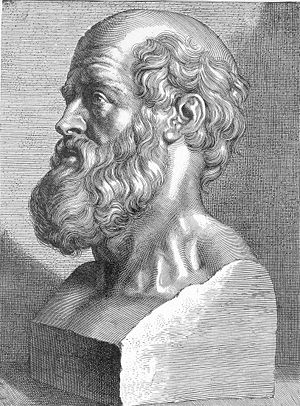“He who does not know food, how can he understand the diseases of man?”
–Hippocrates, the father of medicine (460-357 B.C)
Amazing to me that Hippocrates had the answer to health and wellness so many years ago, yet much of society chose to take that valuable information and disregard it. I was happy to see, this morning, that the centerfold of the food section was about “going veg.” In fact, it was said that trading in pork for fancy vegetables has as many followers as Justin Timberlake on Twitter! Cute.
We all need to know our foods so that we can make wise choices for our own health. As a many hour a day exerciser and a vegan, I always admit to questioning exactly what my body needs to be healthy and strong while still ALWAYS trying to lose that last five pounds that most people want to lose! Periodically, I do question whether living on a plant-based diet is best for my weight. Lately, I have revisited tracking my calories and it has become quite obvious that as a post-menopausal 53 year old, I simply can’t consume the same amount of calories I could when I was younger. Cutting back just a little bit has definitely helped me to start shedding those extra few pounds….slowly, but without much compromise.
While I have toyed with the possibility of needing more protein, I realize it is not that at all. It is the portion control, the sugar, the sodium and probably the wine–but mostly, it’s the calories! Its funny but when you look at the definition of a protein, it isn’t really any of the things we think. If someone were to ask YOU what a protein was, would you be able to answer? Sure, we know where the protein comes from, and most would be quick to say things like meat, chicken, eggs…but those just have a high percentage of protein. In fact, the definition of a protein is:
protein (pr
 t
t n
n )
)
Any of a large class of complex organic chemical compounds that are essential for life. Proteins play a central role in biological processes and form the basis of living tissues. They consist of long chains of amino acids connected by peptide bonds and have distinct and varied three-dimensional structures, usually containing alpha helices and beta sheets as well as looping and folded chains. Enzymes, antibodies, and hemoglobin are examples of proteins.
So, in actuality, protein is a chain of essential amino acids. Did you know Braggs Amino Acids (which is nothing but PURE soy sauce) contains a complete chain of essential amino acids? I use it on my vegetables and anywhere I might use some soy sauce for flavoring. The “seed, quinoa, same thing. Back in the day, we thought we needed to combine certain foods (some with some amino acids, others with the rest) at each meal to get a complete chain (such as rice and beans) but we have since learned our bodies can combine something from breakfast with something from lunch, or dinner and make the complete chain.
I realize this is wordy and somewhat complicated sounding, but my point is, we CAN eat in a manner that maximizes our health and still allows us to maintain a healthy weight.
Thanks to Mitch in Connecticut for sharing his idea about the roasted vegetables. He puts them right over a bowl of whole grain pasta and then sprinkles grated cheese over the dish for a healthy pasta primavera. Less the grated cheese, I will be making that very soon! And thanks to Alison for suggesting Bethany Frankel’s vegan cookies. I am going to try that recipe for tonight’s VFT dessert….for the guests, of course. Me…I am counting my calories.
If you are interested in better health, I strongly suggest reading The China Study by T. Colin Campbell, PhD….or you can now get the documentary Forks Over Knives on DVD. Even though I saw it with Carol when it came out, I am still going to order a copy.
Thanks for stopping in. Have a great day and give some thought to a meatless meal or two today. Good for you, good for the animals and great for the environment for so many reasons. Hippocrates…he knew!

